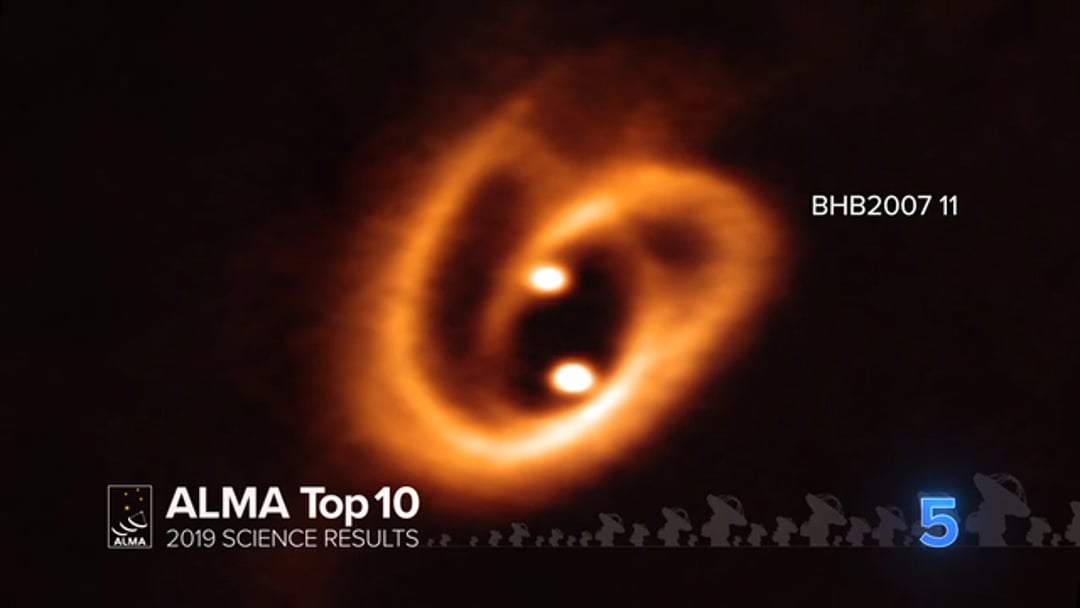How Do Rocky Planets Form?

Question:
It is beyond me how the rocky planets and the asteroid belt formed. Do supernovas jettison rocks into space? How do rocks form in a planetary nebula without a geologic process? Is the asteroid belt a former planet that got broken apart? The standard answer of accretion of molecules in space just doesn’t make sense to me. That should produce lumps of matter with an even distribution of all the various molecules emitted by a supernova instead of rocks. Please help, this has been killing me for many years. Thank you!
Answer:
The formation of rocky planets happens over billions of years, through a process called accretion. As a rocky planet builds-up material through accretion, it grows larger in size and the temperature and pressure in its core rises. As the pressure and temperature rise the elements that have been accreted heat up, melt, and differentiate, with heavier elements sinking to the core of the planet and lighter elements floating to the surface. This is the process which produces an iron core, a middle layer called the mantle, and a surface layer of lighter material called the crust in rocky planets. Note that geologic timescales are at most hundreds of millions of years, while rocky planet formation occurs over billions of years, thus allowing for the differentiation process to produce the structure we see in rocky planets.





